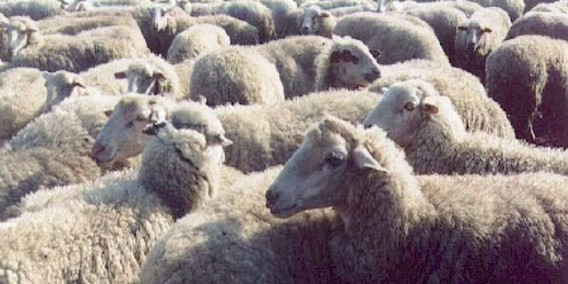Ruda sheep, primarily located in Albania and Croatia, have a rich history intertwined with the cultural and agricultural landscape of the region. These sheep have faced significant challenges in recent years, particularly in Croatia, where they were designated as the most endangered breed in 2009. This classification underscored the urgency of conservation efforts to safeguard the genetic diversity and cultural heritage represented by the Ruda sheep.
The origins of the Ruda breed are thought to be linked to the Romanian Tsigai Sheep, indicating a shared genetic heritage with other regional breeds. This historical connection adds to the significance of Ruda sheep within the broader context of European sheep farming traditions.
Characterized by their adaptability to low temperatures and mountainous grazing environments, Ruda sheep exhibit traits that reflect their resilience and suitability for challenging terrain. Their ability to thrive in such conditions highlights their value to local farmers and their importance in sustaining traditional agricultural practices.
In terms of physical characteristics, Ruda sheep typically have white or blond wool, complemented by a distinctive pink skin tone. White markings on their heads and bodies further contribute to their unique appearance. At maturity, ewes and rams exhibit differences in size, with mature ewes averaging around 55 cm (21.6 inches) at the withers, while rams reach approximately 65 cm (25.6 inches). Additionally, ewes and rams have varying average weights, with ewes typically weighing around 38 kg (83.7 lbs) and rams averaging about 48 kg (105.8 lbs).
Despite their endangered status, efforts are being made to preserve and promote the Ruda sheep breed. Conservation initiatives aim to raise awareness of the breed's cultural significance and genetic importance while supporting sustainable farming practices that ensure their continued existence for future generations. Through these collaborative efforts, the unique heritage embodied by Ruda sheep can be preserved, contributing to the biodiversity and cultural richness of the region.
